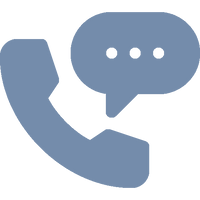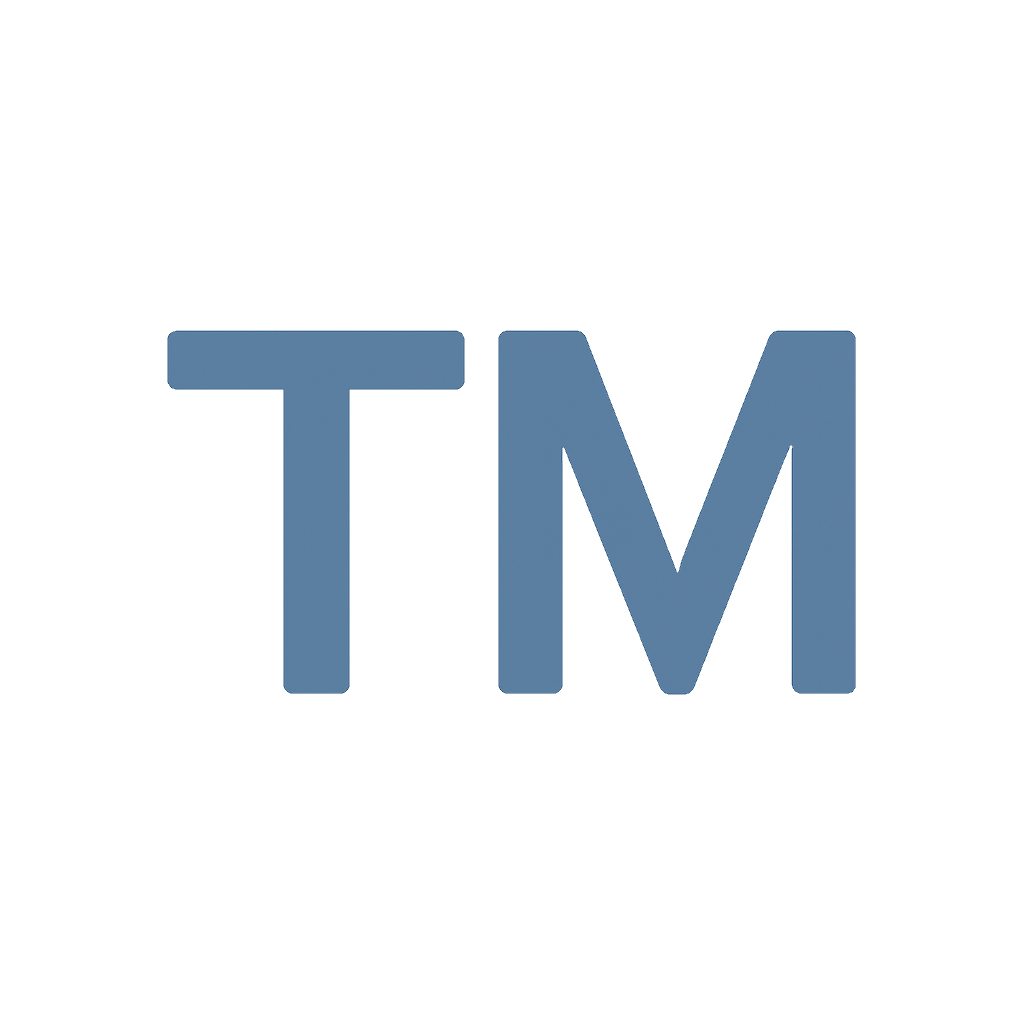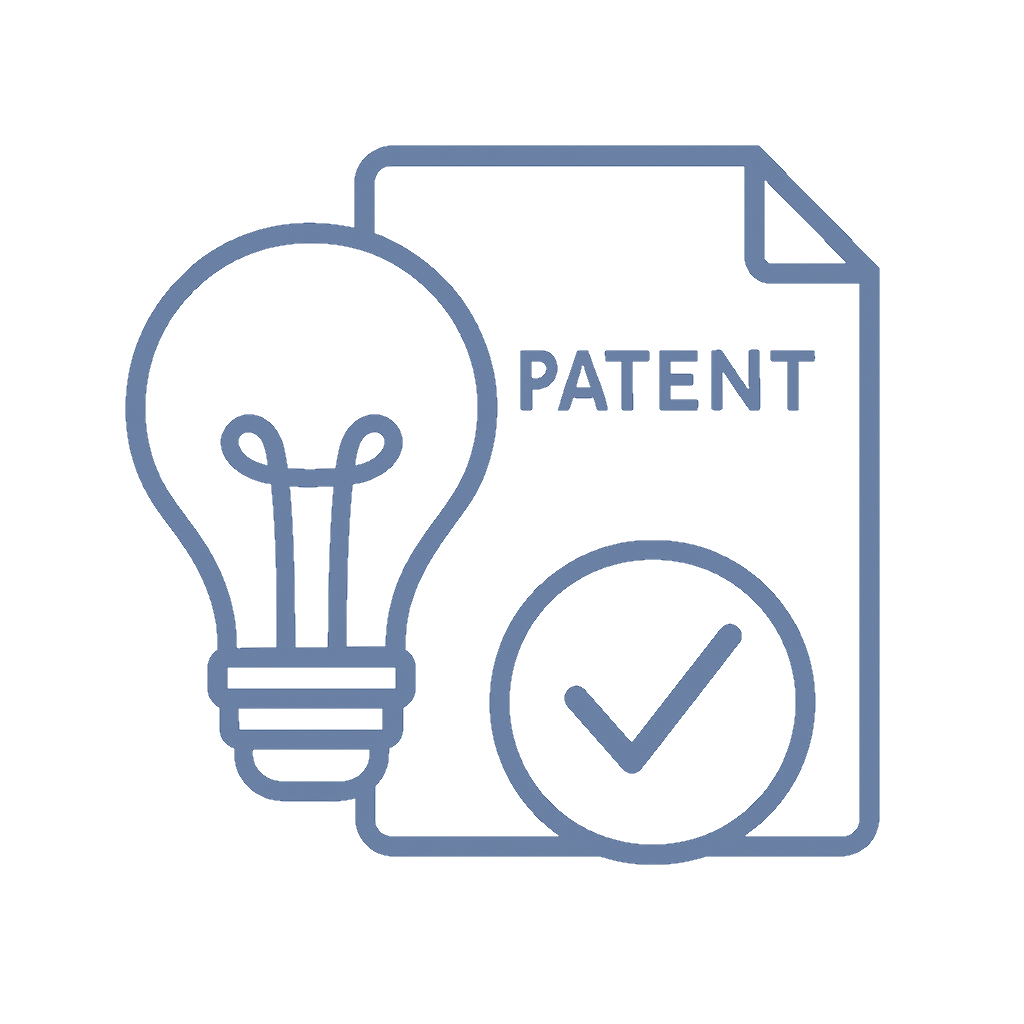📌 Quick Summary
1-Sentence Answer:
Patenting your side hustle idea helps you safeguard innovation, secure a competitive edge, and protect long-term growth—without draining your wallet or energy.
The Article Overview:
This guide explains why patents matter for side hustles, the types available, and the step-by-step filing process. We’ll dive into affordable solutions, historical lessons, startup case studies, and even the myths around DIY patenting—giving hustlers a smart, stress-free path to patent protection.
❓ Common Questions & Answers
Q1: Do I need a patent for my side hustle?
Yes—if your idea is novel and could become profitable, a patent protects it from copycats, investors love it, and it strengthens your startup’s credibility.
Q2: How long does the patent process take?
It usually takes 18–36 months for approval, depending on complexity and USPTO backlog. Provisional patents can give temporary protection while you wait.
Q3: Are patents too expensive for small startups?
Not necessarily! With online filing, patent clinics, and pro bono legal aid, hustlers can save thousands while still securing IP protection.
Q4: Can I file a patent myself without an attorney?
Yes—you can file “pro se” with the USPTO. But the paperwork is complex; consulting at least once with an attorney helps avoid costly errors.
Q5: Do design and utility patents protect the same thing?
No. Utility patents cover how it works (functionality), while design patents cover how it looks (appearance). Sometimes you need both!
📜 Step-by-Step Guide
-
Research Existing Patents – Search USPTO and Google Patents to ensure your invention is unique before wasting time and money.
-
Choose the Right Patent Type – Decide between utility, design, or plant patents based on your invention’s nature.
-
File a Provisional Patent First – Get a quick “Patent Pending” status to buy 12 months of protection while refining your idea.
-
Prepare Your Full Patent Application – Include drawings, detailed descriptions, and claims that highlight what makes your idea unique.
-
Respond to USPTO Examiners – Be prepared for back-and-forth questions or rejections; persistence is key.
-
Secure Your Patent Rights – Once approved, pay issue fees, and keep up with maintenance fees to retain exclusive rights.

📖 Historical Context
The concept of patents dates back to Venice in 1474, where inventors were first granted exclusive rights to their creations. This system ensured that ideas weren’t immediately stolen, allowing innovators to profit and society to advance.
In the United States, the Patent Act of 1790 laid the groundwork for today’s USPTO system. Early patents ranged from cotton gins to steamboats, giving small inventors the power to compete with industrial titans.
By the 20th century, patents became a cornerstone of startup culture. Icons like Thomas Edison (over 1,000 patents) and modern giants like Apple and Tesla used patents not just as protection—but as business weapons to dominate markets.
🏢 Business Competition Examples
-
Dyson vs. Hoover – James Dyson patented his bagless vacuum tech; Hoover tried to copy it, but Dyson’s patents helped him win in court and build a global brand.
-
Apple vs. Samsung – Apple’s design and utility patents on the iPhone led to billion-dollar lawsuits that reshaped smartphone innovation strategies.
-
Spanx by Sara Blakely – Filed early patents for shapewear design, giving her the runway to build a billion-dollar empire without knock-offs crushing her.
-
Ring Doorbell – Patents on video doorbell technology protected it long enough for Amazon to see its value and acquire it for $1B.
💬 Discussion Section
Side hustlers often underestimate the power of patents because they assume it’s only for Fortune 500 giants. In reality, patents can be the lifeline of a small business. By securing intellectual property rights, you’re not just protecting an idea—you’re creating an asset that can attract investors, licensing opportunities, or acquisition offers.
A patent transforms your invention from “cool side project” to “bankable intellectual property.” For startups, this often means the difference between bootstrapping forever and landing VC funding. Investors routinely ask: “Do you own your IP?” If the answer is “No,” they may pass.
But here’s the burnout trap: patents can be time-consuming and mentally draining. Between technical jargon, legal fees, and filing deadlines, it’s easy to feel overwhelmed. That’s why many hustlers rely on provisional patents—a quick, affordable way to hold their ground while focusing on building the business.
Patents are also strategic weapons in competition. If a rival sees your patent-pending mark, they may back off developing similar products. Even large corporations tread carefully to avoid lawsuits. This defensive shield allows you to scale without fear.
However, hustlers must avoid the DIY rabbit hole. While it’s possible to file pro se, the USPTO’s complex requirements can bury you in rejections. Many successful startups use a hybrid model: file a provisional themselves, then hire an attorney to refine and submit the non-provisional. This saves both money and sanity.
Ultimately, the hustle isn’t about choosing between building or patenting—it’s about doing both without burning out. Smart side hustlers view patents as a business milestone—not a bureaucratic hurdle. Done right, it’s the blueprint for growth, credibility, and lasting protection.
⚖️ The Debate
Pro-Patent Viewpoint (Protect Everything):
Patents are essential to protect innovation, attract funding, and prevent competitors from stealing years of hard work. Without patents, side hustlers risk losing their competitive advantage the moment their idea hits the market.
Anti-Patent Viewpoint (Move Fast & Skip It):
Patents can be expensive, slow, and distracting. Many startups succeed by moving quickly, branding smartly, and out-innovating competitors instead of sinking resources into lengthy legal battles.

✅ Key Takeaways
-
Patents protect side hustlers from competitors and strengthen credibility.
-
Utility, design, and plant patents cover different innovation aspects.
-
Provisional patents provide affordable, quick “Patent Pending” protection.
-
Patents attract investors and serve as strategic business assets.
-
Avoid burnout by mixing DIY efforts with professional guidance.
⚠️ Potential Business Hazards
-
High costs if relying solely on attorneys without exploring affordable options.
-
Long approval times may delay go-to-market strategies.
-
Risk of incomplete DIY filings leading to rejection or weak protection.
-
Competitors may still challenge patents, requiring expensive litigation.
❌ Myths & Misconceptions
-
“Patents are only for big companies.” → False; side hustlers benefit too.
-
“Patents last forever.” → No, most last 20 years with maintenance fees.
-
“Provisional patents = full patents.” → Wrong; they’re just temporary placeholders.
-
“Once I file, no one can copy me.” → Not true; enforcement requires action.
-
“Design patents protect function.” → Incorrect; they only protect appearance.
📚 Book & Podcast Recommendations
-
Patent It Yourself by David Pressman – https://www.nolo.com/products/patent-it-yourself-pat
-
The Lean Startup by Eric Ries – https://theleanstartup.com/
-
Podcast: IP Fridays – https://www.ipfridays.com/
-
Podcast: This Week in Startups – https://thisweekinstartups.com/
⚖️ Legal Cases
-
Dyson v. Hoover (2000) – Dyson’s bagless vacuum patents upheld, reinforcing small inventor protection. Case summary
-
Apple v. Samsung (2011) – Landmark smartphone patent litigation, billions at stake. Case summary
-
Festo Corp. v. Shoketsu (2002) – Defined patent doctrine of equivalents. Case summary
-
KSR International v. Teleflex (2007) – Clarified “obviousness” in patent law. Case summary
📣 Expert Invitation
Want personalized guidance on protecting your side hustle idea? Visit InventiveUnicorn.com to connect with patent experts who can help you file smart, save money, and avoid burnout.

🔚 Wrap-Up Conclusion
Patenting doesn’t have to be scary or soul-crushing. By understanding the types of patents, filing steps, and affordable options, side hustlers can protect their ideas while still focusing on growth. With the right balance of hustle and protection, you can build boldly, innovate fearlessly, and rest easy knowing your idea is truly yours.











